New Insights into the ‘Golden Age’ of Galaxy Formation

noirlab_noaoann16019a October 11th, 2016
Credit: B. Saxton (NRAO/AUI/NSF); ALMA (ESO/NAOJ/NRAO); NASA/ESA Hubble
Studies of a distant corner of the Universe, the Hubble Ultra Deep Field, made with the Atacama Large Millimeter Array (ALMA) have revealed distant galaxies rich in molecular gas. Their high gas content likely fueled the high rate of star formation during the “Golden Age” of galaxy formation 10 billion years ago. The discovery was made by international team of astronomers, including NOAO astronomer Mark Dickinson.
Provider: NOIRLab
Image Source: https://noirlab.edu/public/images/noaoann16019a/
Curator: NSF's NOIRLab, Tucson, AZ, USA
Image Use Policy: Creative Commons Attribution 4.0 International License
 Color Mapping
Color Mapping
| Telescope | Spectral Band | Wavelength | |
|---|---|---|---|

|
ALMA (Band 6) | Millimeter (231.2 GHz) | 1.3 mm |

|
Hubble (WFC3) | Infrared (H) | 1.6 µm |

|
Hubble (WFC3) | Optical (J) | 1.3 µm |

|
Hubble (WFC3) | Infrared (Z) | 1.1 µm |

|
Hubble (ACS) | Optical (I) | 850.0 nm |

|
Hubble (ACS) | Optical (I) | 814.0 nm |

|
Hubble (ACS) | Optical (i) | 775.0 nm |

|
Hubble (ACS) | Optical (V) | 606.0 nm |

|
Hubble (ACS) | Optical (B) | 435.0 nm |











- ID
- noaoann16019a
- Subject Category
- Subject Name
- Hubble Ultra Deep Field
- Credits
- B. Saxton (NRAO/AUI/NSF); ALMA (ESO/NAOJ/NRAO); NASA/ESA Hubble
- Release Date
- 2016-10-11T00:00:00
- Lightyears
- Redshift
- Reference Url
- https://noirlab.edu/public/images/noaoann16019a/
- Type
- Observation
- Image Quality
- Distance Notes
- Facility
- Atacama Large Millimeter/submillimeter Array, Hubble Space Telescope, Hubble Space Telescope, Hubble Space Telescope, Hubble Space Telescope, Hubble Space Telescope, Hubble Space Telescope, Hubble Space Telescope, Hubble Space Telescope
- Instrument
- Band 6, WFC3, WFC3, WFC3, ACS, ACS, ACS, ACS, ACS
- Color Assignment
- Orange, Yellow, Yellow, Yellow, Cyan, Cyan, Cyan, Purple, Purple
- Band
- Millimeter, Infrared, Optical, Infrared, Optical, Optical, Optical, Optical, Optical
- Bandpass
- 231.2 GHz, H, J, Z, I, I, i, V, B
- Central Wavelength
- 1300000, 1600, 1250, 1050, 850, 814, 775, 606, 435
- Start Time
- Integration Time
- Dataset ID
- None, None, None, None, None, None, None, None, None
- Notes
- Coordinate Frame
- ICRS
- Equinox
- J2000
- Reference Value
- 53.1580748106, -27.7743890628
- Reference Dimension
- 2288.0, 1600.0
- Reference Pixel
- 1144.0, 800.0
- Scale
- -9.85558986116e-06, 9.85558986116e-06
- Rotation
- -0.04
- Coordinate System Projection:
- TAN
- Quality
- Full
- FITS Header
- Notes
- Creator (Curator)
- NSF's NOIRLab
- URL
- https://noirlab.edu
- Name
- Telephone
- Address
- 950 North Cherry Ave.
- City
- Tucson
- State/Province
- AZ
- Postal Code
- 85719
- Country
- USA
- Rights
- Creative Commons Attribution 4.0 International License
- Publisher
- NSF's NOIRLab
- Publisher ID
- noirlab
- Resource ID
- noaoann16019a
- Resource URL
- http://noirlab.edu/public/media/archives/images/original/noaoann16019a.tif
- Related Resources
- Metadata Date
- 2020-06-12T00:21:09+02:00
- Metadata Version
- 1.1
Detailed color mapping information coming soon...






